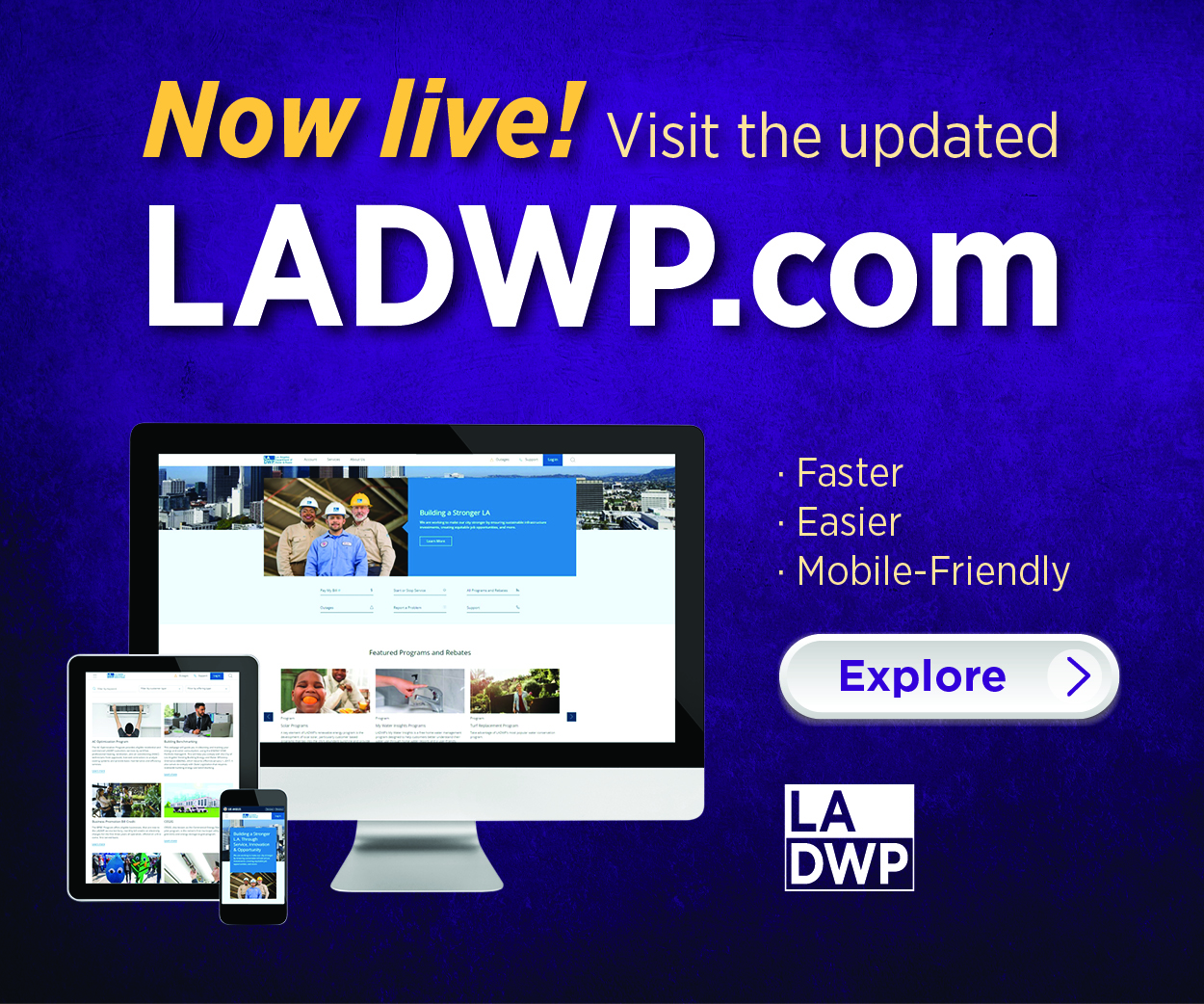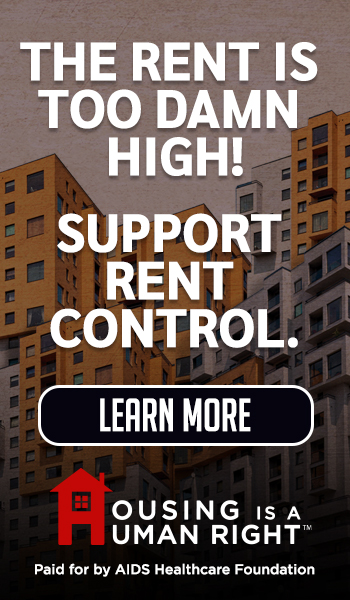Comments
iAUDIT! - On Monday, May 12, Governor Newsom’s office issued a model ordinance and guidance for clearing homeless encampments. Depending on who you listen to, the ordinance can be anything from a major step towards ending unsheltered homelessness or a cruel attempt to criminalize homelessness, or anywhere in between. Like many political proclamations, the ordinance can mean whatever the reader wants it to mean. But what does the model ordinance really say, and what effect on local government homelessness programs might it have?
The ordinance is based on last year’s Supreme Court Grant’s Pass decision, which restored local government’s ability to enforce no-camping laws on public property. The ordinance leads with a “compassion-first” approach, calling on local authorities to ensure sufficient shelter capacity before clearing an encampment. To that end, the state’s model requires the retention of personal property and a sincere attempt on the municipality’s part to ensure important items like medication and identification papers stay with the unhoused person as they are relocated. However, the model ordinance also makes it clear hoarded junk will be disposed, and safety hazards mitigated as part of an encampment clearance. The model ordinance was coupled with the Governor’s announcement of $3 billion in Proposition 1 funds to create 5,000 new residential treatment beds and nearly 22,000 outpatient treatment slots for people who need mental illness and/or substance abuse treatment.
Perhaps the most relevant local example of the state ordinance’s intent is Mayor Matt Mahan’s proposed “Responsibility to Shelter” program in San Jose. The program would give an encampment resident three opportunities to accept shelter before he or she is cited, arrested, or sent to a mandatory treatment facility. The Mayor’s proposal is, at least superficially, rooted in the reality that most chronically homeless people suffer from untreated serious mental illness or a substance use disorder, and are therefore unable or unwilling to make decisions in their own, or in the public’s, best interests. According to a homelessness study published by the advocacy group Hollywood 4WRD in 2024, 50 percent of people with serious mental illnesses don’t know they need help, and more than 90 percent of those with addiction issues don’t want recovery assistance. San Jose’s program would, in theory, give people the option of entering a shelter, enrolling in a treatment program, being arrested, or moving on.
San Jose’s program stands in stark contrast to the City of Los Angeles’ policies, which emphasize outreach (“relentless outreach” as city homelessness chief Lourdes Castro-Ramirez calls it). The City’s primary clearance programs, CARE and CARE+ spend millions cleaning encampments; CARE+, which is usually coupled with Inside Safe, includes onsite outreach to encourage people to move into shelter, and is budgeted for at least $38 million in fiscal year 2025-26. However, camp dwellers can literally move back to the same location the same day without consequences. As we now know, the supposed success of Inside Safe has been called into question amid allegations of falsifying records from two LAHSA whistleblowers.
Reactions to the Governor’s model ordinance were predictable based on the source. Officials with a history of questioning current programs welcomed the news as a step in the right direction. Supervisor Barger said, “It strikes an important balance between protecting public safety and health while ensuring compassion for individuals experiencing homelessness. The model ordinance provides local governments with clear guidelines while emphasizing outreach and services. This is a practical step forward in helping communities responsibly manage encampments and connect people to the support they need.” Similarly, Councilmember Rodriguez addressed how the ordinance may resolve the inconsistent policies throughout the state. “It’s a welcomed introduction to give very clear guidelines for all the cities to be able to play by the same rules. It helps to ensure that no one area is deflecting the situation into another community. We are all going to be hopefully playing by similar rules”.
Mayor Bass was noncommittal, saying only she welcomed the additional funding for treatment facilities while avoiding references to enforced clearing. As has been her habit when addressing homelessness, she touted Inside Safe’s dubious claims of success.
As expected, the loudest howls of protest came from officials who support the status quo and the providers who stand to lose revenue if limits are placed on outreach. They are terrified they may be held to outcome-based payments. Supervisor Hahn said, “Encampments are not good for anyone. They too often become dens of drug dealing where women are harassed and assaulted. And that is why we are investing in programs like Pathway Home and Inside Safe where we move entire encampments into motels at once. In the meantime, our board has made it clear that we do not want people to end up in our already overcrowded jails just because they are homeless.” In other words, she’d rather leave people in squalid camps than make them move to a shelter or get treatment. As advocates often do, she falsely linked encampment clearing to being tossed in jail; the model ordinance would use that only as a last resort. Likewise, the CEO of PATH, which makes millions from no-bid outreach and shelter contracts, declared, “The proliferation of encampments across California is a direct result of the lack of social services, shelter, and affordable housing options. The only true solution is to provide unsheltered individuals with the support they need and a real opportunity to move indoors. Any efforts that prioritize enforcement over support amount to criminalization—an approach we know is both costly and ineffective.” The irony here, of course, is that PATH is one of the organizations that’s supposed to be providing the support services the CEO said are lacking.
Much like the way they deny the prevalence of drug abuse and mental illness among the unhoused, advocates deny the reality that some chronically homeless people simply do not want to live indoors. Despite Mayor Bass’ reference to the homeless as our “unhoused neighbors”, many have no interest in being responsible members of the communities they live in. They often balk at the rules in some shelters, and to which most housed people adhere every day. As described in a recent news article from Sacramento, only five of the 50 to 75 people in a freeway overpass encampment accepted housing offers, some because they couldn’t take the number of pets they wanted to a shelter. Low acceptance rates are common, which is why some providers claim it can take 50 “encounters” to convince someone to accept a shelter offer. 50 encounters isn’t outreach--its hounding someone until they agree to move, probably as many do only to fall back into homelessness, as reported by the City Controller and others.
As a last resort, advocates trot out the cliched “Where will they go” argument. They say there aren’t enough shelter slots available, so it’s unfair to make people leave encampments if they have nowhere else to go. This is an interesting argument because it treats the unhoused as helpless victims. Yet these same advocates claim the homeless should be given “personal agency” to make their own housing decisions, despite their often-precarious mental conditions. So, on one hand, the unhoused have the ability to decide their fate, yet are rendered completely helpless if they have to move. Among the “where will they go” lobby, there is rarely a discussion of why they have nowhere to go: the heavy concentration on building new housing instead of shelters, as described in a 2020 report from the US Interagency Council on Homelessness. In fact, they have nowhere to go because Housing First advocates have dominated the narrative at the cost of creating shelter and interim housing beds, and the services that go with them.
The “where will they go” lobby does make one good point; shelters offer little solace from the streets, as described in a previous CityWatch column. The same providers who collect millions from ineffective outreach and support programs also do a dismal job of managing shelters; they tend to be unsafe, lacking in services, and unsanitary. Therefore, one could easily sympathize with a homeless person who faces the Hobson’s Choice of accepting living on the street in dangerous encampments or accepting a spot in an equally dangerous shelter.
And therein lies the fatal weakness in the state’s push to clear encampments. In a state with a fully functioning and coordinated homelessness system, San Jose’s program could be a successful model for other cities. But without an overarching policy from the state (or federal government), the homeless can simply move to more encampment-tolerant cities. Indeed, in Los Angeles, where Councilmembers control the priorities in their districts, an unhoused person may only have to move a few blocks to find more hospitable surroundings.
If the governor’s model ordinance had been accompanied by funding and outcome mandates, that may have been a significant step toward a consistent statewide policy and true reform. As it is now, unfortunately, its little more than a press release and an outline cities may choose to adopt or ignore. Unless and until that changes, we will continue to see encampments, and those who suffer in them, throughout the state and in our cities.
(Tim Campbell is a resident of Westchester who spent a career in the public service and managed a municipal performance audit program. He focuses on outcomes instead of process in his iAUDIT! column for CityWatchLA.)






